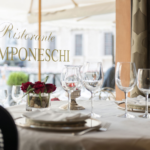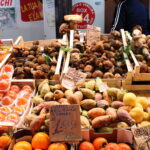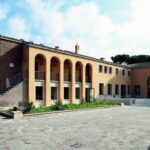PRATI
The Vatican, officially Vatican City State, a walled enclave within the city of Rome, is the smallest internationally recognized independent state in the world by both area and population. It is an ecclesiastical or sacerdotal-monarchical state ruled by the Bishop of Rome—the Pope. The highest state functionaries are all Catholic clergy of various national origins. Since the return of the Popes from Avignon in 1377, they have generally resided at the Apostolic Palace within what is now Vatican City, although at times residing in the Quirinal Palace in Rome or elsewhere instead.
POINTS OF INTEREST
Castroni- Rome’s Historic Drug And Colonial Store

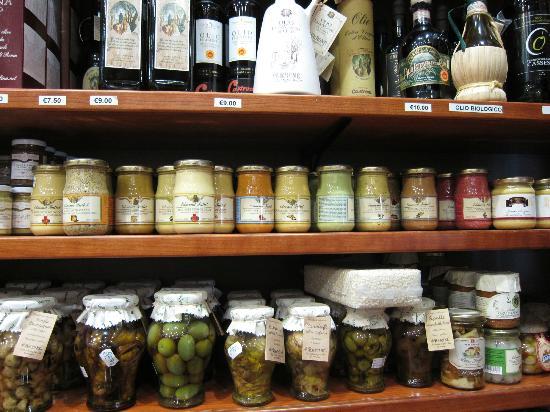
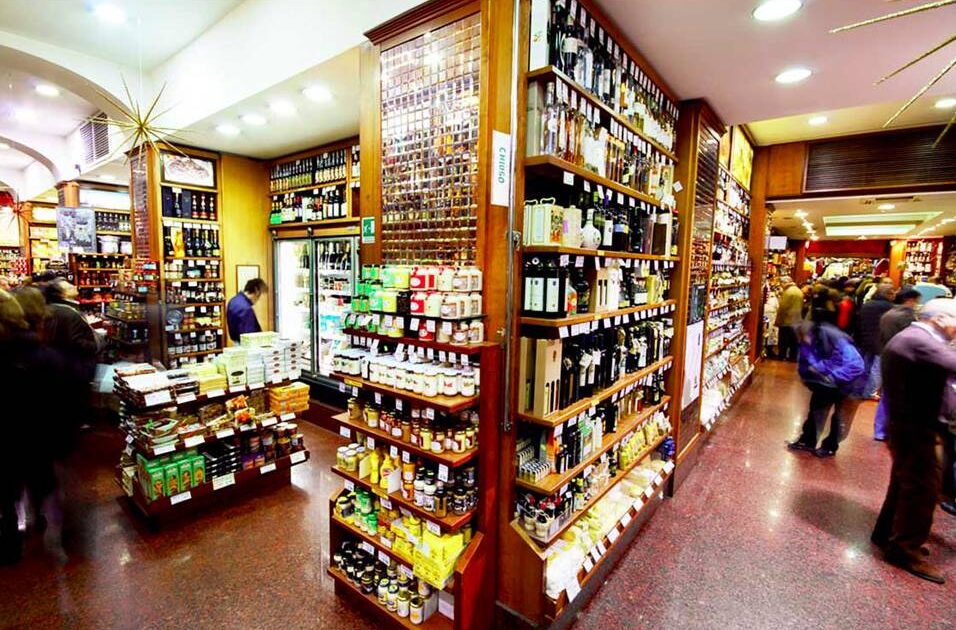

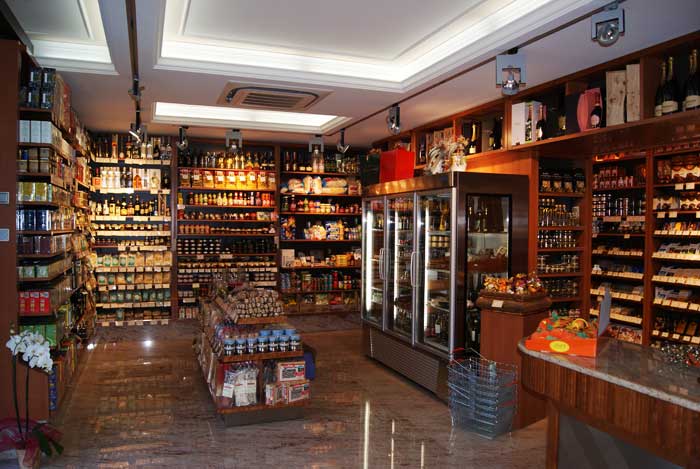
Go for great food and fancy restaurants and all that jazz, but what when you have to leave? Do you leave it all behind? Lingering in a melancholy memory of bygone pleasures? Hopefully not, especially since fresh produce is available just about anywhere and that is (theoretically) all you need for re-creating the palatable wonders discovered here.
For some extra inspiration head to Castroni. There are several around town, but the one on Via Cola di Rienzo, in the heart of Prati, is the one where it all began, back in 1932. Soon the war brought not only political difficulties, it radically changed the mornings of many Italian families. Food rationing and halted imports rendered coffee a rare delicacy, which led to a bitter memory for many of our nonni, chicory coffee.
Surviving the war and rationing, Castroni emerged stronger than ever, having started to sell international and colonial goods at the same time as tourists started coming back to Rome. Their intuition to sell not only typical Italian and local wine, liquors, foods and spices skyrocketed their popularity among a population that was booming and ever more curious to try the newly available foreign flavors.
The business grew together with the family and now the thirteen shops around town are all led by a family member. The reason for their success is partly the variety of goods, any kind of oil, balsamico, salt, spice, liquor, candied fruit, coffee, wine as well as ethnic goods make them indispensable for any ambitious chef. However, they are unique for their service, which, if you know how to choose the right staff member, is stellar, they advise well and know everything about their products, gladly helping you out when in need. Beware though, Castroni isn’t cheap, but in return their products are of excellent quality.
If you can’t make it to the shop, or simply want their products shipped directly to your front door, visit their website and online shop.
VIA COLA DI RIENZO, 196
Forno Colapicchioni- The Cornetto Run
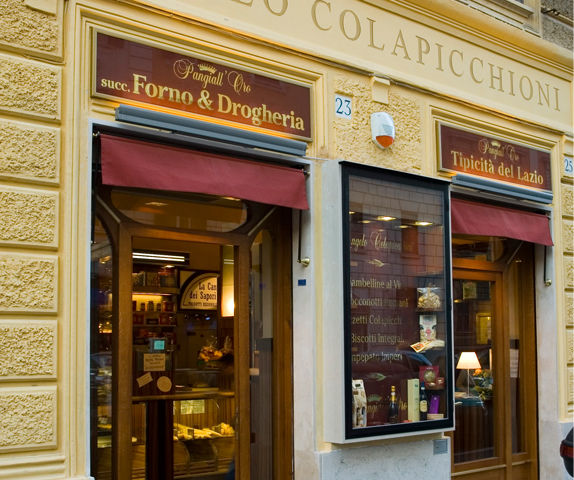
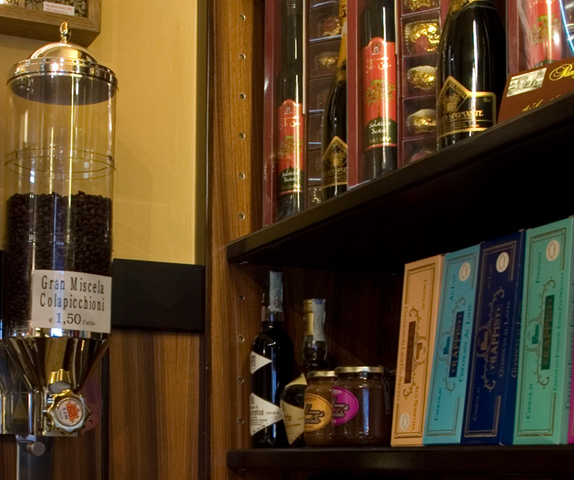
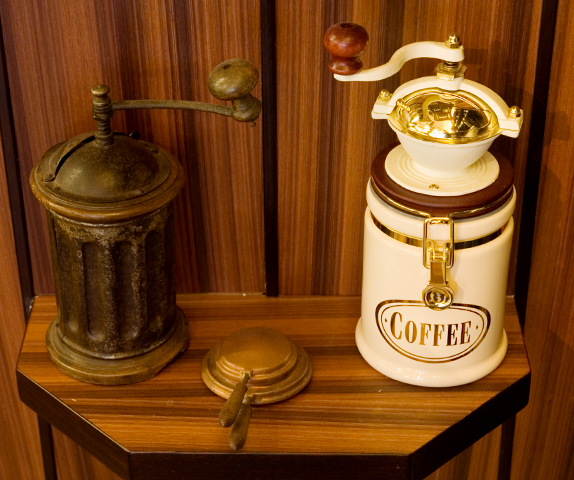


The lush residential neighborhood behind Piazza Cavour has become a bustling gastronomic hub with many new restaurants and bars offering everything from vegetarian, traditional and contemporary style foods, almost overshadowing some of the historic shops of the area, such as the Colapicchioni Bakery.
The almost 70-years-old Forno is a point of reference for the typical Roman sweetbreads pangiallo and panpepato. These heavy and extremely sweet breads – made with dried fruit, vanilla and other exotic spices and malvasia liquor wine – are best enjoyed in small portions due to their strong sweet flavor, in fact they are a favorite in the winter months, especially around Christmas. However, in the summer they are an excellent side to some vanilla ice-cream (yes also dessert should come with side dishes).
The Colapicchioni is famous for its sweets, which it bakes to perfection, and with a close eye on the origin of every product that enters the oven. If you are staying in the neighborhood don’t miss the chance to pop in here in the early morning for their oven fresh cornetti and a loaf of fuming hot bread, the Italian version of the coffee run.
Colapicchioni, like many similar places around town, is a family business, which has become a guarantee for the quality, dedication and love that goes into their products. Should you be more in a savory mood, head a little further up the neighborhood for their second shop where they have the bread and pizza bakery.
www.colapicchioni.it
via Tacito 76-78
The Vatican Museums


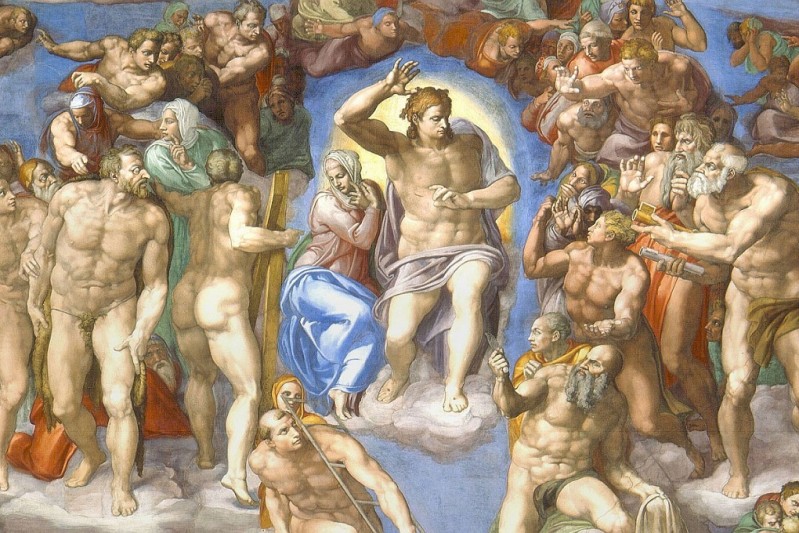
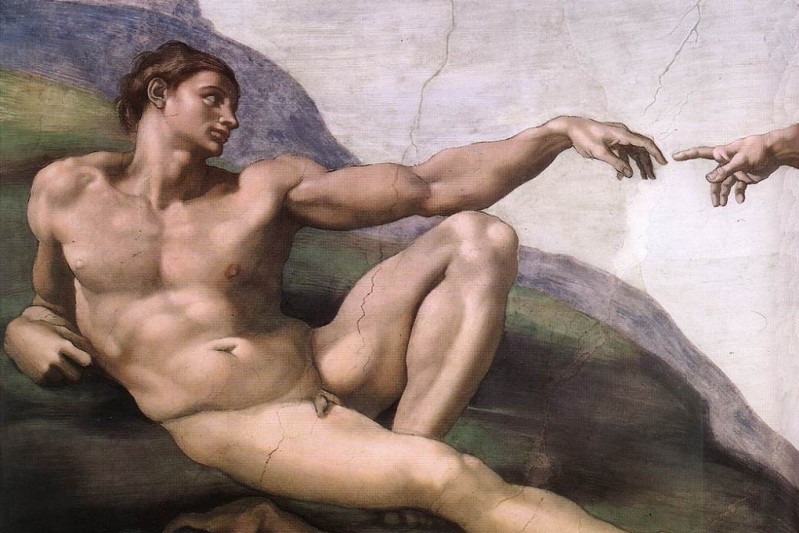

The Vatican Museums, which today host one of the most impressive collections of art and artifacts, ranging from antiquity to the contemporary age, began with a single sculpture; the Laocoonte group. The sculpture was found in 1506 in a vineyard near the Domus Aurea on the Colle Oppio Hill and immediately bought by Pope Julius II after the identification of the sculpture by Michelangelo Buonarroti and Giuliano da Sangallo.
The collection of ancient artifacts and artistic masterpieces of both sacred and profane themes has grown steadily to create a labyrinth of halls, corridors and niches filled with Flemish tapestries, Mesopotamian, Egyptian and Hellenic sculptures, sarcophagus, and painting of innumerable value. The museum visit follows a fixed route, which leads through the meandering halls of the Belvedere of the Vatican, where the opulent spaces in themselves become one of the main reasons to visit. One of the main attractions are the Raphael Rooms, with the universally admired School of Athens.
The many Popes who have succeeded one another have (almost) always placed great importance on the furthering of the arts and as a result today we can admire wonders by Caravaggio, Michelangelo, DaVinci and Giotto.
To visit the museum, comfortable shoes are recommended. As a matter of fact, the galleries span some 7km, an impressive space full of wonders. Visiting the museum is free the last Sunday of every month, unless it coincides with a holiday. During these free days it is not possible to buy tickets and arriving early in order to avoid the long line is almost obligatory in order to visit the vast museum without losing patience. During normal opening days it is recommended to buy tickets ahead of time in order to skip the line.
Musei Vaticani
Viale Vaticano
Open: Mon- Sat 09:00 – 16:00 &
free entrance on the last sunday of the month 09:00- 12:30
Closed on religious holidays

